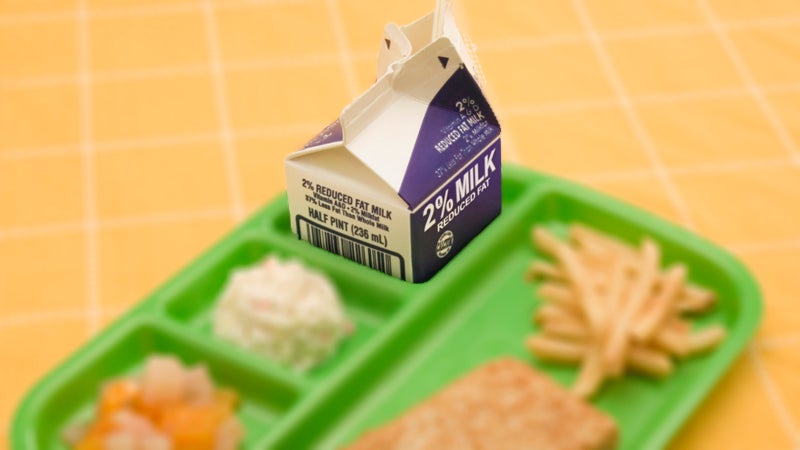In late April, news broke that Connecticut lawmakers proposed a bill that would ban day care centers from serving 2-percent and whole milk to kids older than two. The media was out that the ban is “sheer lunacy” and “based on an incredibly faulty understanding of nutrition.” That last part is right, and I’ll get to that in a second. But rather than say the lawmakers behind this bill are lunatics, I’ll call them Colberts.
Stephen Colbert’s character on “The Colbert Report” is eager, but terribly misinformed. That’s what appears to be going on with milk ban bill sponsors, Democratic Reps. David Zoni, Roberta Willis, and state Senator Catherine Osten. The three are up for re-election this year and as Gary Rose, chairman of the Government and Politics department at Sacred Heart University in Fairfield, Conecticuit , “We’re going to see lawmakers announcing more legislative initiatives to let their constituents know they are trying.”
Fighting childhood obesity is a popular and laudable platform that, one would assume, would go over well with constituents. In fact, childhood obesity ranked as the number-one health concern amongst Connecticut parents in 2012. That’s where the eagerness comes in; these lawmakers likely wanted to do the right thing while winning votes. Unfortunately, the misinformation that led to milkbangate came from their own experts, who were meant to guide Connecticut’s newly established (as of 2013).
In a presentation on March 27, John Bailey, the State Director of Government Relation for the American Heart Association to the task force, explaining their joint mission is to build healthier lives “free of cardiovascular disease and stroke.”
In the presentation, he explained that one-third of Connecticut kindergarten and third-grade students are overweight or obese, which could lead to health issues including asthma and type 2 diabetes when they’re older. One of the main standards he recommended promoting: low-fat and fat-free dairy products.
Where did Bailey get the idea that full-fat dairy products contribute to childhood obesity? From the , which recommends low-fat milk and milk products for all individuals aged 2 years and over to “obtain the nutritional benefits of milk while limiting caloric and fat intake.” The Centers for Disease Control and Prevention lists the benefit as “achieving optimal lifetime bone health.”
In this case, the CDC and the American Academy of Pediatrics are to blame for milk misinformation. As one , “available evidence does not support nutrition guidelines focused specifically on increasing milk or other dairy product intake for promoting child and adolescent bone mineralization.”
And as , several studies have “linked fattier milk to slimmer kids,” possibly because “whole milk gives us a greater sense of satiety.” In other words, kids feel fuller longer which keeps them from noshing on extra calories later in the day.
In the end, the Milk Ban proposal isn’t just a question of faulty science, or even local government, but national politics. , and dairy lobbying is the likely reason why the CDC hasn’t updated its milk-drinking recommendations. However recent studies touting whole milk’s benefits should have lobbyists fighting to change the AAP’s recommendations so more parents and daycares will buy all types of milk for their kids—if Connecticut lets them.


